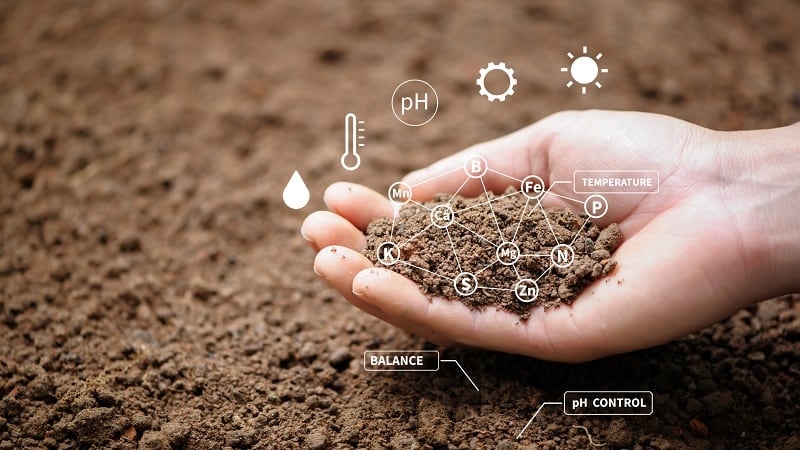The US tariffs are reshaping agricultural trade dynamics, causing disruption with shifts in sourcing and trade flows.
However, Abhi Agarwal, co-founder of Living Roots, a biologicals company based in Thailand, believes the short-term impact of tariffs could reshape how farmers think about production costs as conventional inputs become more expensive.
“In a weird way, I think tariffs will help regen ag. In my opinion, farmers think a lot about cost, and they will start to think more about cost and what to cut… And in conventional agriculture, there’s no easy way to cut costs without losing yield,” said Agarwal.
He added that in regenerative agriculture, the focus shifts to soil health and encourages more precision in how farmers managing their input with “levers” to make farming more efficient.
This could be strategies such as planting cover crops to improve soil and fix nitrogen, rotating crops for disease control, and applying compost or other organic matter to enhance nutrient retention.
“Conventional inputs in tariff times will increase in price just because of the global complexity of how things work, and the good thing [about regen ag] is we can be good about what inputs we’re using and really make that work,” said Agarwal.
“I guess you need a forcing function for anything to change. The worst trigger would be erratic weather and failing yields. The better way is what we’re seeing now: macroeconomic events making farming more expensive, so farmers have to find alternatives. At least in this case, there’s something we can do.”
Regen ag boost for SEA?
This could be particularly positive for agriculture in South East Asia, where regenerative agriculture is still at a “building stage”.
“In South East Asia, it’s nascent. It’s not like the US or Europe where they are very far ahead and have done this for 30 years with large companies behind it. No, you need a lot of infrastructure to move towards regenerative agriculture. They tried to do it in Sri Lanka and make everyone go organic overnight and all the farms couldn’t do it,” said Agarwal.
He highlighted that the fragmented landscape adds to the complexities of advancing the regenerative agriculture movement.
“One thing that’s different between conventional farming and regenerative agriculture is it’s all farm specific. You cannot advise farms on solutions as a whole… Regnerative agriculture is very specific to your farm. And compared to the US where a farm is 10,000 acres, here we have a collection of smallholders.”
If the tariff situation truly does jumpstart the shift towards regenerative practices, Agarwal believes it will build a strong foundation to accelerate the sector.
“In the short term I think we have the opportunity to gain the trust of the farmers. And once you gain their trust, in the long term you can move them along.”





